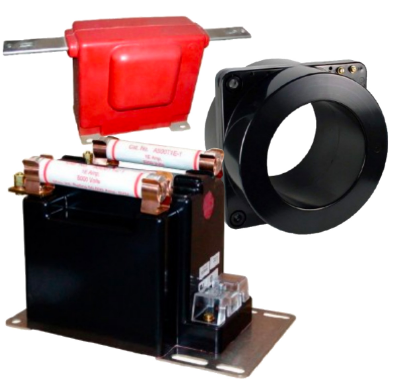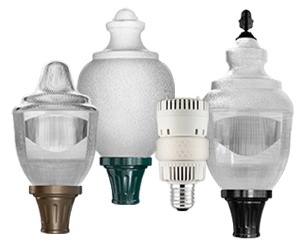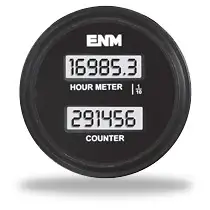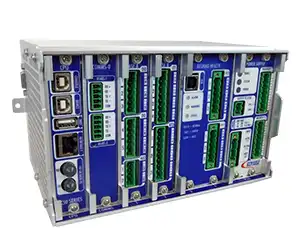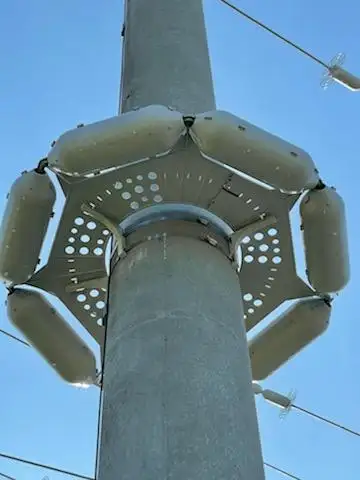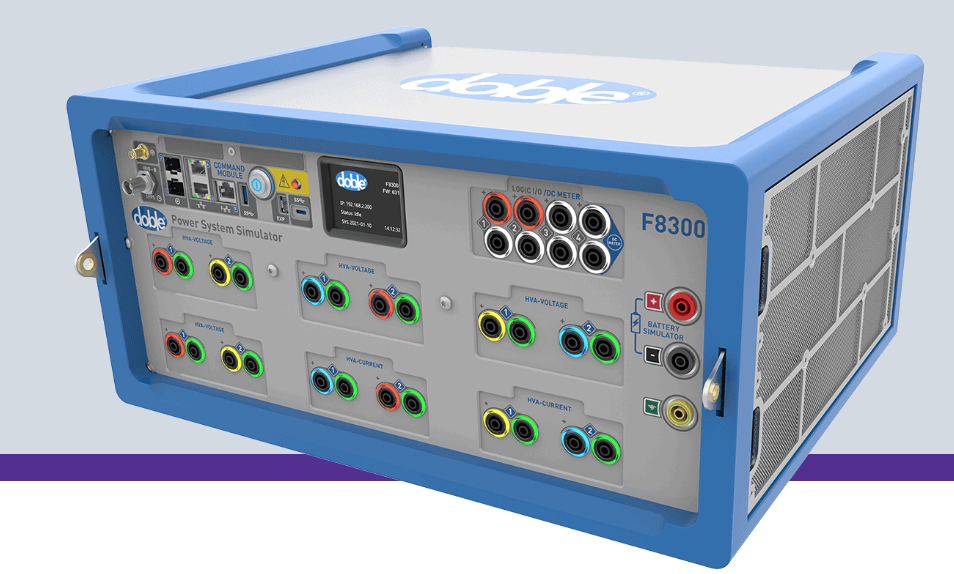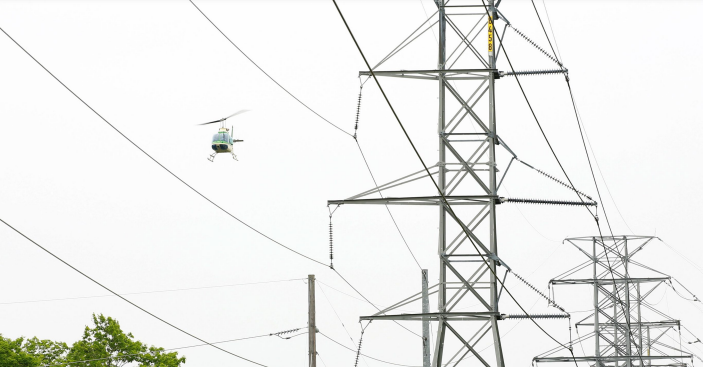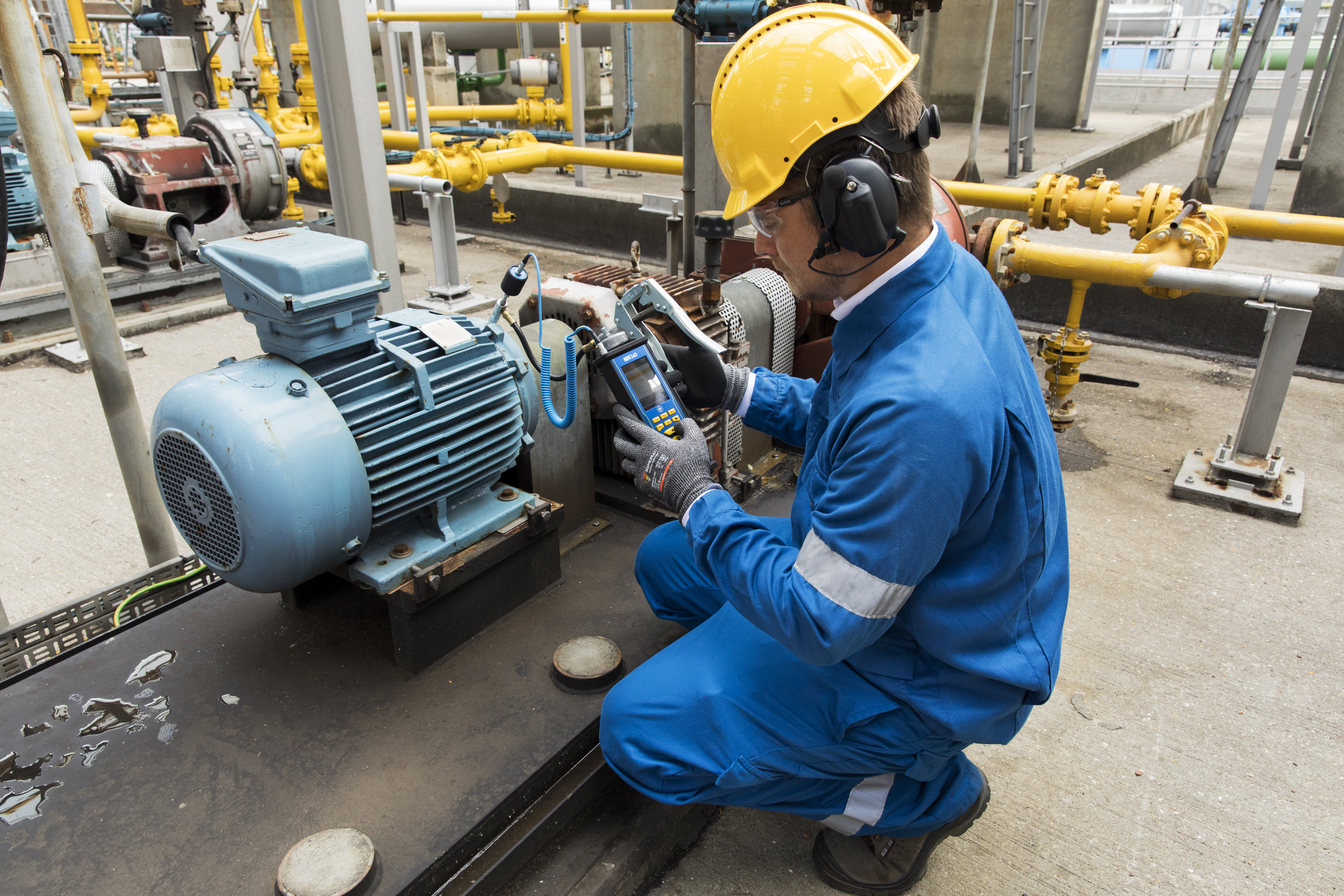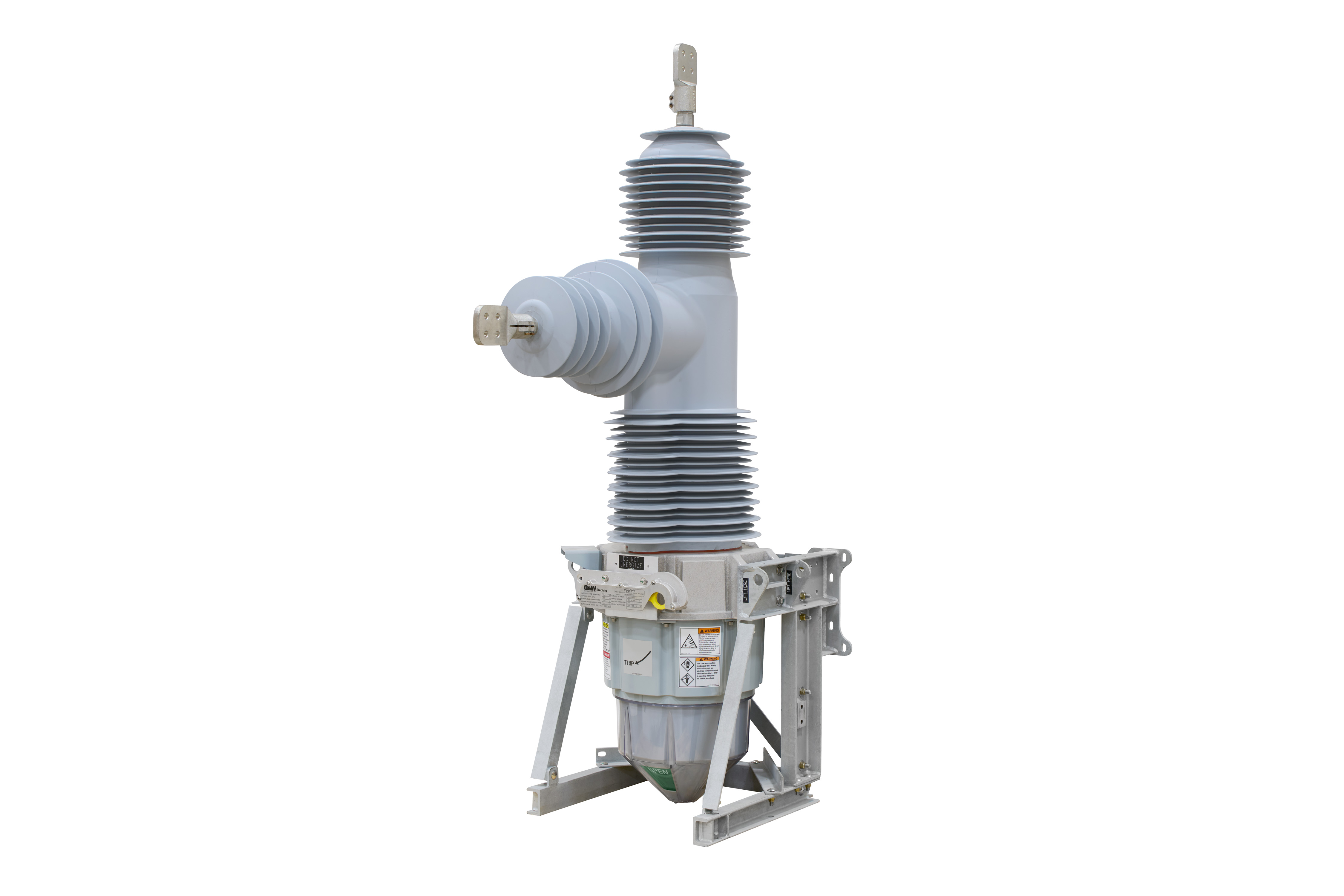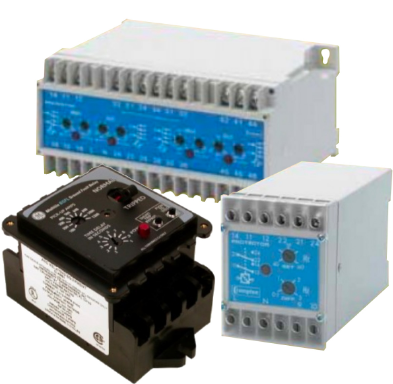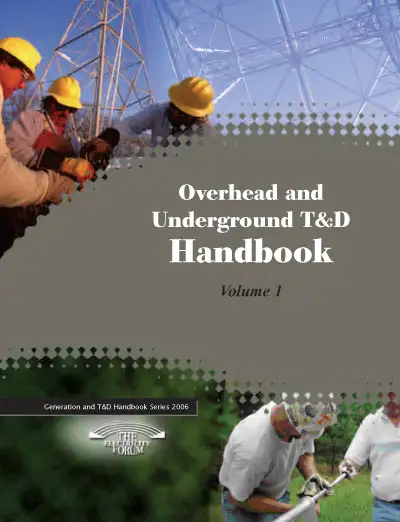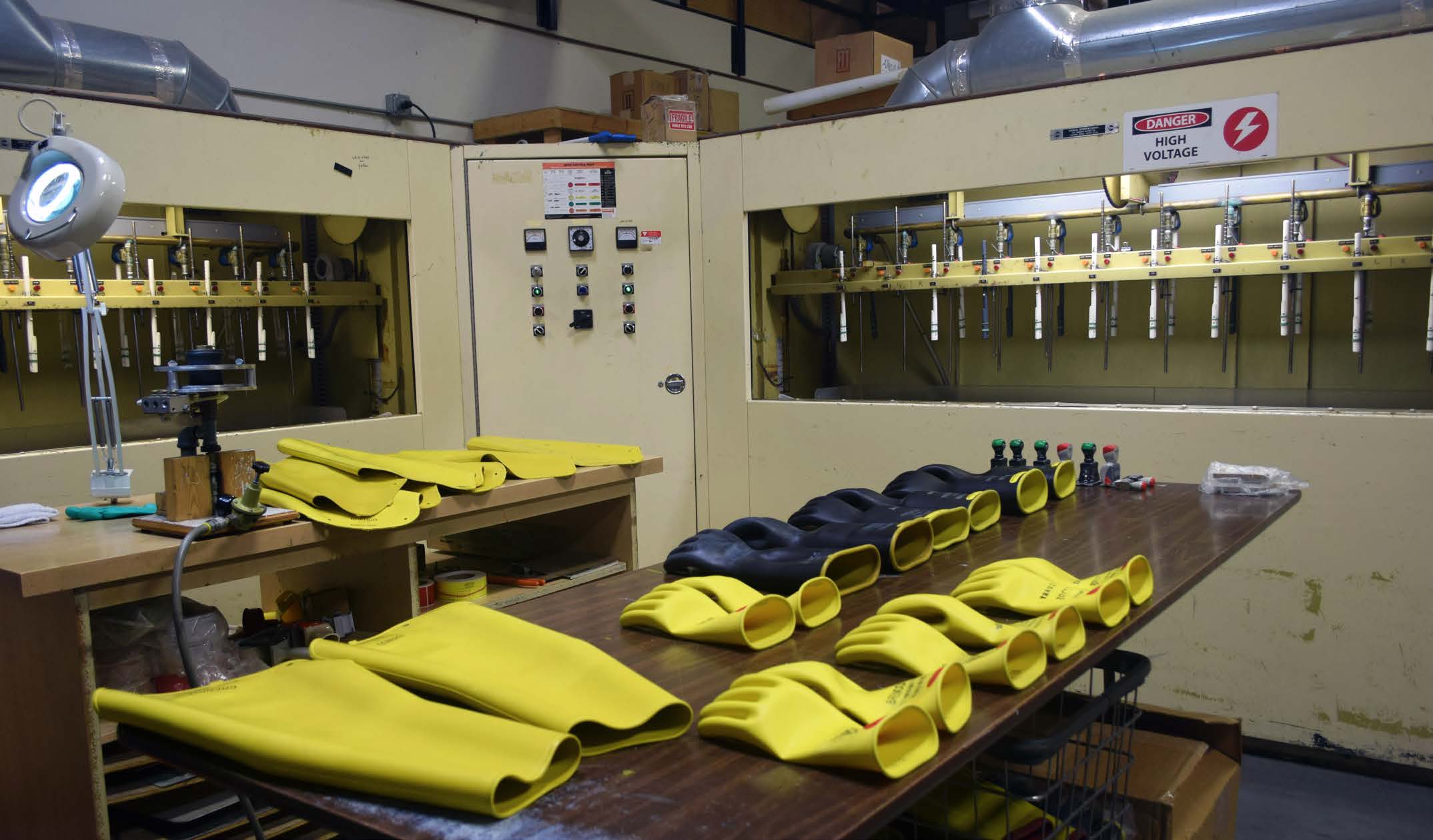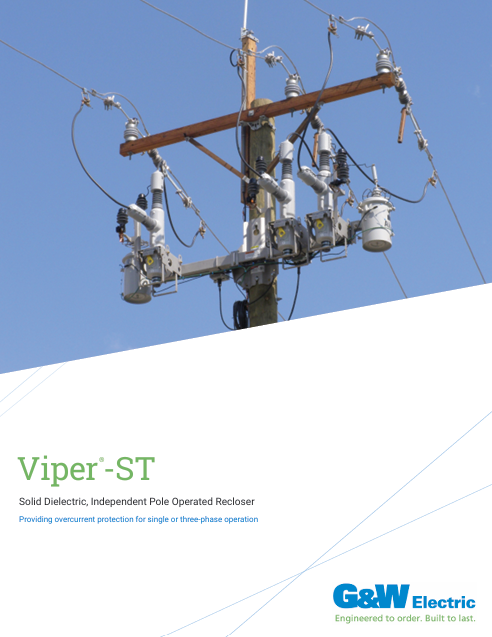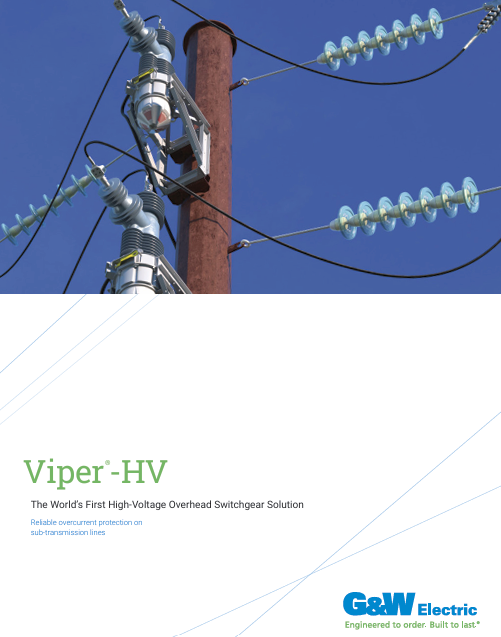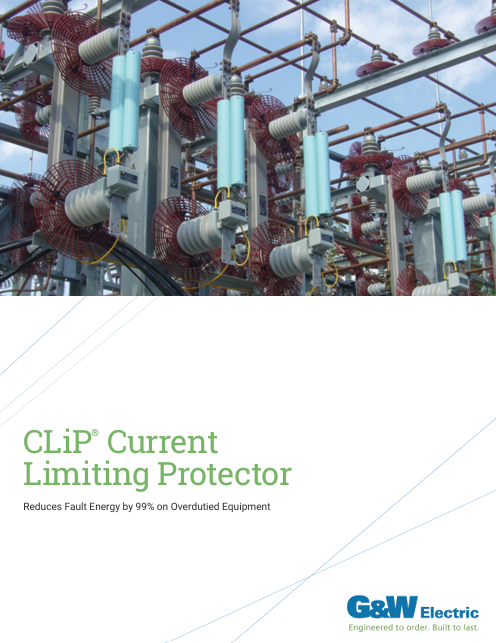Understanding The Insulation Resistance Test
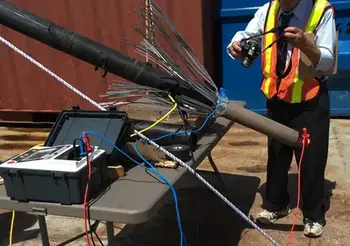
Insulation Resistance (IR) test, often called Megger test, is more than 100 years old and assumed to be a very straight forward test. During my inspection and testing work in the past 15 years in Canada, US, and internationally, I have seen different practices of performing and interpretation of IR test.
The application of IR test includes:
- At the of installation, pre-commissioning to ensure minimum specifications are met
- Verify proper installation after a repair
- Troubleshooting and
- Periodic preventive maintenance
The value of insulation resistance depends upon the equipment type, voltage rating and is very sensitive to the temperature. The results of IR test is typically in the range of a 10 MΩ to 100 GΩ or higher. The acceptable level of IR depends on the equipment type, voltage class, and age of equipment. Manufacturers usually provide the minimum recommended IR for the new equipment. In the absence of such data, IEEE 43-2013 and ANSI/NETA ATS-2013 guide could be referenced.
The IR test voltage is typically between 500V and 10kV and the test is 1 min. Negative polarity is preferred to accommodate the phenomenon of electroendosmosis. Due to relatively high voltage test safety concerns, restriction of workers access to the high voltages is mandatory. Arc flash suite is not necessary but use of personal protective equipment is recommended, as is the use of hot sticks, insulated ladders, and ground stick to discharge.
There are several IR test methods:
1- 1-min IR test. The reading is compared to the minimum IR specification.
2- Yearly IR test. A flat yearly trend indicates insulation is healthy.
3- Dielectric Absorption Ration (DAR): the ratio of 60-second reading divided by a 30-second reading.
4- Polarization Index (PI) : the ratio is a 10-minute reading divided by a 1-minute reading
The surface leakage current is dependent upon external contamination on the surface, dust, moisture, etc. The surface leakage current may be significantly high for bushing, termination, insulation surface, and large generators or motors with contamination. In order to eliminate the surface leakage current, which reduces the accuracy of IR measurement, a third terminal called the guard terminal is used. The guard terminal shunts the measurement circuit so that the leakage current is bypassed.
Temperature of the test object has a significant effect on the test. The test results has to be corrected to 20 oC using ANSI/NETA ATS-2013 or corrected to 40 oC using IEEE 43-2013.
IR test using the guard probe ( blue wire) at the cable shield for better reading
Following are ten recommendations that could be considered to improve the test results:
1. Negative polarity is preferred to accommodate the phenomenon of electroendosmosis.
2. Record the temperature and use the compensation factor to correct results to 20 0C for cables, transformers, and insulators and to 40 0C for motors and generators.
3. If it is humid or equipment surface is not clean, use the “Guard Probe” to bypass the leakage current and for better accuracy.
4. If an underground cable is tested, compensate for the cable length as per ANSI/NETA ATS-2013.
5. For new equipment, if there is no recommendation from manufacturer use ANSI/NETA ATS-2013 or IEEE 43-2013.
6. For service aged equipment, if there is no recommendation from manufacture, compare the phases or to similar age equipment.
7. Set up the leads at a distance from one another and without contact with any objects or with the floor to limit the possibility of leakage currents within the measurement line itself.
8. After the test is complete, make sure that the circuit is discharged. It can be discharged by short-circuiting the test set terminals and connecting them to ground.
9. Use the polarization index (PI) or dielectric absorption ratio (DAR) only when the insulation resistance is questionable. Otherwise PI and DAR will be misleading.
10. When you buy an IR tester make sure it is 10kV and can measure 10 Tera-ohm or higher.
On-Site Training
Interested in cost effective, professional on-site electrical training?
We can present an Electrical Training Course to your electrical engineering and maintenance staff, on your premises, tailored to your specific equipment and requirements. Click on the link below to request a Free quotation.
EF PARTNER MEDIA
Videos
Product Showcases
Shared Media

